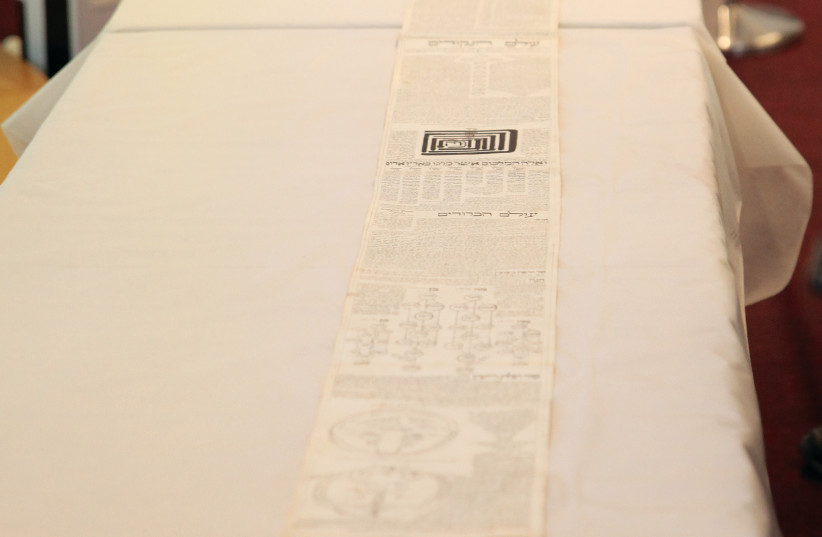Eye twitching, or myokymia, is a common phenomenon experienced by many and can be attributed to various factors such as stress, fatigue, caffeine, or eye strain. When exploring the significance of eye twitching within the context of Judaism and its texts, it's essential to understand that Judaism encompasses a wide range of perspectives, including religious, mystical, and cultural dimensions. Traditional Jewish texts, including the Torah, Talmud, and later rabbinic writings, do not explicitly mention eye twitching as a symptom or sign with specific spiritual or physical implications. However, Judaism does offer insights into how physical symptoms or occurrences might be understood or interpreted in broader spiritual and ethical contexts.
Physical phenomena in Jewish thought
In Jewish thought, physical experiences or phenomena are sometimes seen as messages or signals. The Baal Shem Tov, the founder of Hasidic Judaism, taught that everything one sees or experiences can serve as a lesson in serving God. From this perspective, an occurrence like eye twitching could inspire introspection or self-examination in a spiritual or ethical context, though it would not be explicitly mentioned in sacred texts.
Eye twitching according to the Zohar and Kabbalah

Mystical Jewish traditions, such as those found in the Kabbalah and the Zohar, delve deeply into the hidden meanings behind physical and spiritual realities. These texts explore the interconnectedness of the physical and spiritual worlds and the idea that physical occurrences can have spiritual significance. However, specific interpretations of symptoms like eye twitching are not directly addressed in these texts. Instead, the focus is more on the general principles of how physical reality reflects spiritual truths.
Rabbinic literature, including the Talmud, is rich with discussions about health, medicine, and the human body. While these discussions provide a fascinating glimpse into ancient medical understanding and ethical considerations, they do not directly cover the phenomenon of eye twitching. The focus in these texts is more on principles of health, wellness, and the obligations of care rather than on interpreting specific bodily signs.
In addition to formal religious texts, Jewish culture is also rich with folk beliefs and traditions related to health and the body. Some Jewish communities may have traditional interpretations or superstitions regarding eye twitching, viewing it as an omen or sign, though these beliefs would be more cultural than religious and vary widely among different communities.
Intersecting tradition, superstition and history
The study of twitch divination within Jewish cultural heritage, particularly through the lens of manuscripts from the Cairo Genizah, reveals a fascinating intersection of tradition, superstition, and historical practice. The discovery of palmomantic texts, which suggest that involuntary twitches of different limbs can signify forthcoming events or reveal hidden truths, underscores a unique aspect of Jewish mysticism and its engagement with broader Near Eastern divinatory traditions. These manuscripts, dating from various periods and written in multiple languages, including Aramaic, Hebrew, and Judaeo-Arabic, illustrate the rich tapestry of Jewish intellectual and cultural life. The Aramaic twitch-divination manual, awaiting publication, alongside the Hebrew version that found its way into medieval bookshops and remains available in Israel today, highlights the enduring fascination with interpreting bodily signs within Jewish communities.
Furthermore, the detailed analysis of specific texts, such as the one attributed to Shem, son of Noah, offers intriguing insights into how ancient and medieval Jews might have understood and interpreted the physical phenomenon of eye twitching. According to one text, the direction of the eyelid twitch could predict the length of a journey a person might undertake, while another text provides more nuanced interpretations, including alternative perspectives attributed to Persian sources. This variability in interpretation, coupled with the consideration of factors such as gender and social status, reflects the complex and multifaceted nature of palmomancy. These practices, embedded within the broader context of physiognomy and divination, not only shed light on the historical and cultural dimensions of Jewish life but also on the human tendency to seek meaning in the physical experiences of our bodies. Through the work of scholars like Professor Gideon Bohak, these ancient texts continue to offer valuable insights into the confluence of science, mysticism, and daily life in Jewish history.
